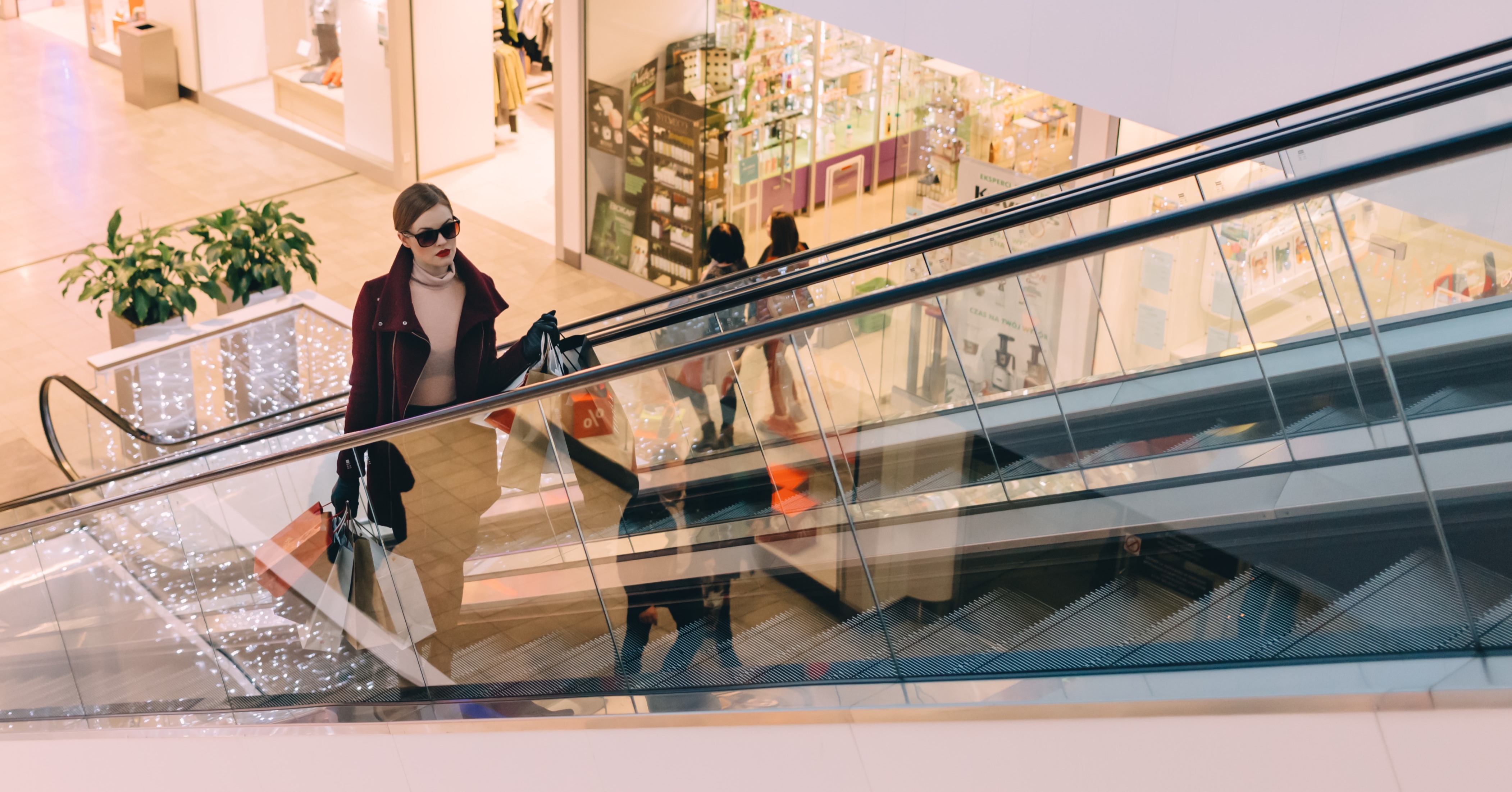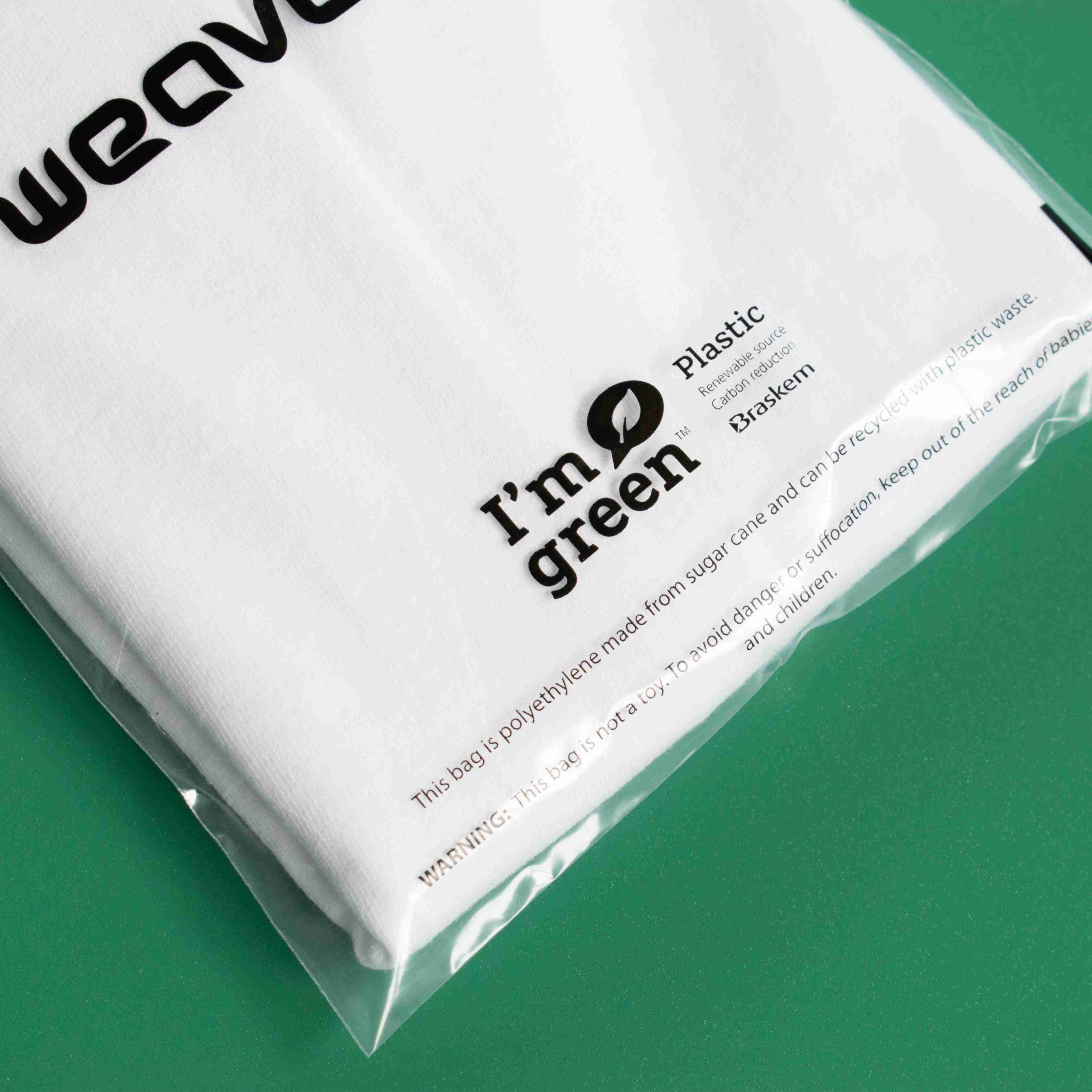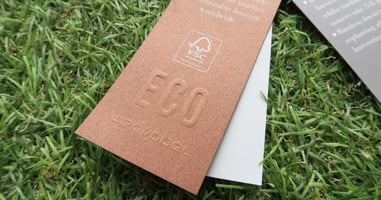The evolution of consumer sustainability trends
Consumer sustainability trends have shifted throughout the decades. Learn about how much they’ve changed and what brands are paving the way with Weavabel.

Consumer attitudes towards sustainability have evolved as we’ve moved through the decades. From an era of wartime rationing and a later post-war boom to an increase in eco-awareness during the flower power era and then back to today’s hyperconsumerism, the sustainability pendulum continues to swing.
But as the climate crisis reaches its peak, are consumers finally realising their attitude towards sustainability needs to be taken more seriously? In this blog, we look at the evolution of consumer sustainability trends and what the future looks like.
The evolution of consumer sustainability trends
There are eco-friendly alternatives for almost everything today, so it’s not always easy to recall when climate change wasn’t a concern. However, there was such a time when sustainability was once unheard of, especially in the decade of “Throwaway Living.”
The early days of sustainability
During the latter part of the Industrial Revolution, department stores began to emerge in the United States, making clothing more accessible than ever before. The end of World War II saw a different mindset, opposite to the earlier years of rationing and frugality. Post-war consumerism boomed, and thus, so did the pollution caused by factories' mass production.
Fast forward to the ‘50s — with polypropylene and polyester on the rise, the convenience of plastic was celebrated. It was easily cleaned, accessible and surprisingly cheap for an innovative material. Almost all of the plastic from that era is still sitting in landfills, and one million plastic bags are still thrown away every minute.
In the ‘60s and ‘70s, the time of lead paint and asbestos, Rachel Carson published ‘Silent Spring’ which documented the effects of pesticide pollution. It’s often credited as the catalyst for the environmental movement in the US. Despite the increasing environmental awareness, not many products were marketed in a way that we would consider green today.
Despite being turbulent decades, these times sowed the seeds of consumer sustainability trends. It also pioneered Earth Day, which still plays a vital role in sustainable fashion.
Many of the well-known sustainability brands of today can trace their roots back to the ‘80s. Skincare brand Burt’s Bees and The Body Shop debuted their greener, natural products, and fashion retailers Esprit and Patagonia entered the fashion landscape. Fashion retailers Esprit and Patagonia entered the fashion landscape. They were two of the first industry leaders to research the environmental impact of fibres in clothing manufacturing.
The 2000s was ultimately the tipping point for sustainability. Green products and processes that previously seemed like a niche market were everywhere in this decade.
The sustainable movement’s place in present day
Recently, the sustainable clothing industry has increased in popularity thanks to ongoing public awareness around the environmental impacts of fast fashion. Brands are being forced to adopt different mindsets and listen to their consumers or face an impact on brand value.
Brands like H&M and Madewell have launched clothing recycling programmes. Even high-end designers like Gucci and Stella McCartney are committed to sustainable manufacturing.
The sustainable clothing movement has come a long way over the last 20 years. 69% of Vogue readers say sustainability is a key consideration when deciding on a new fashion purchase.
73% of millennials are willing to pay more for sustainable brands.
What does the future of consumer sustainability trends look like?
The window of opportunity to create a sustainable world seems smaller than ever before — especially in the era of fast fashion. However, we can almost guarantee brands will be scrutinised and held accountable if they don’t get on board. Even though consumers want quick and easy access to the latest fashion trends, their eco-conscience also means they want to know they're paying for a more sustainable future.
Your strides towards sustainability can be as simple as using eco-friendly alternative materials to ensure your garments and trims aren’t harmless to the environment. Working with factories with certifications like FSC and OEKO-TEX® will also strengthen your eco-credentials. Many branding specialists are investing time, money and effort into biodegradable and kinder alternatives.
If brands don’t engage and make this change, their consumers may be forced to purchase from companies that offer the same services but in a more sustainable way. It’s an effective strategy to increase trust and sustain loyalty with your target market while being kind to the environment.
86% of UK fashion consumers want their clothes to be made ethically and 72% sustainably.
Adapt to the evolving consumer trends by making strides towards sustainability
Start small by sourcing your garment trims, swing tags and labels responsibly. It’s something that will appeal to an increasing amount of eco-conscious consumers. It can seem overwhelming to get started, as you might not know exactly where to begin.
That’s why we’ve created a sustainable fashion guide to help you along the way. Get your copy now by clicking below.










